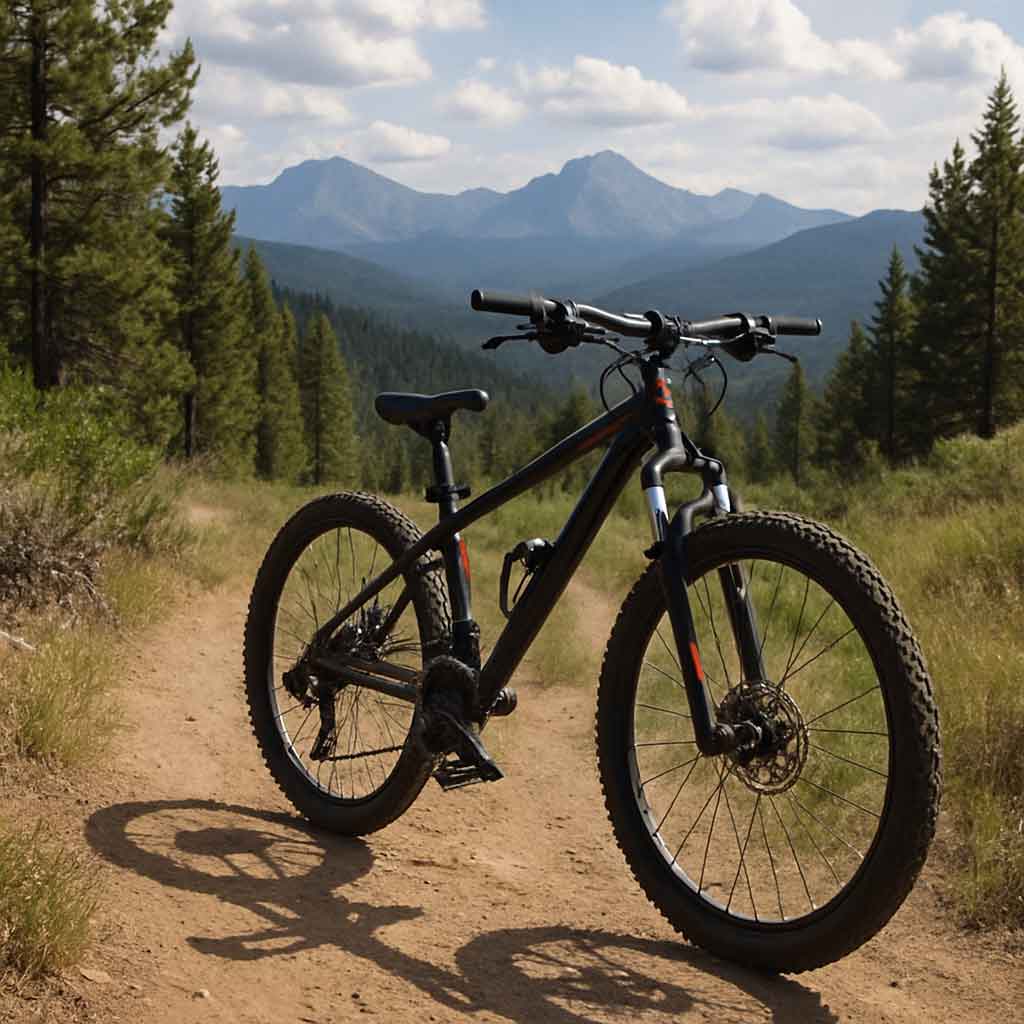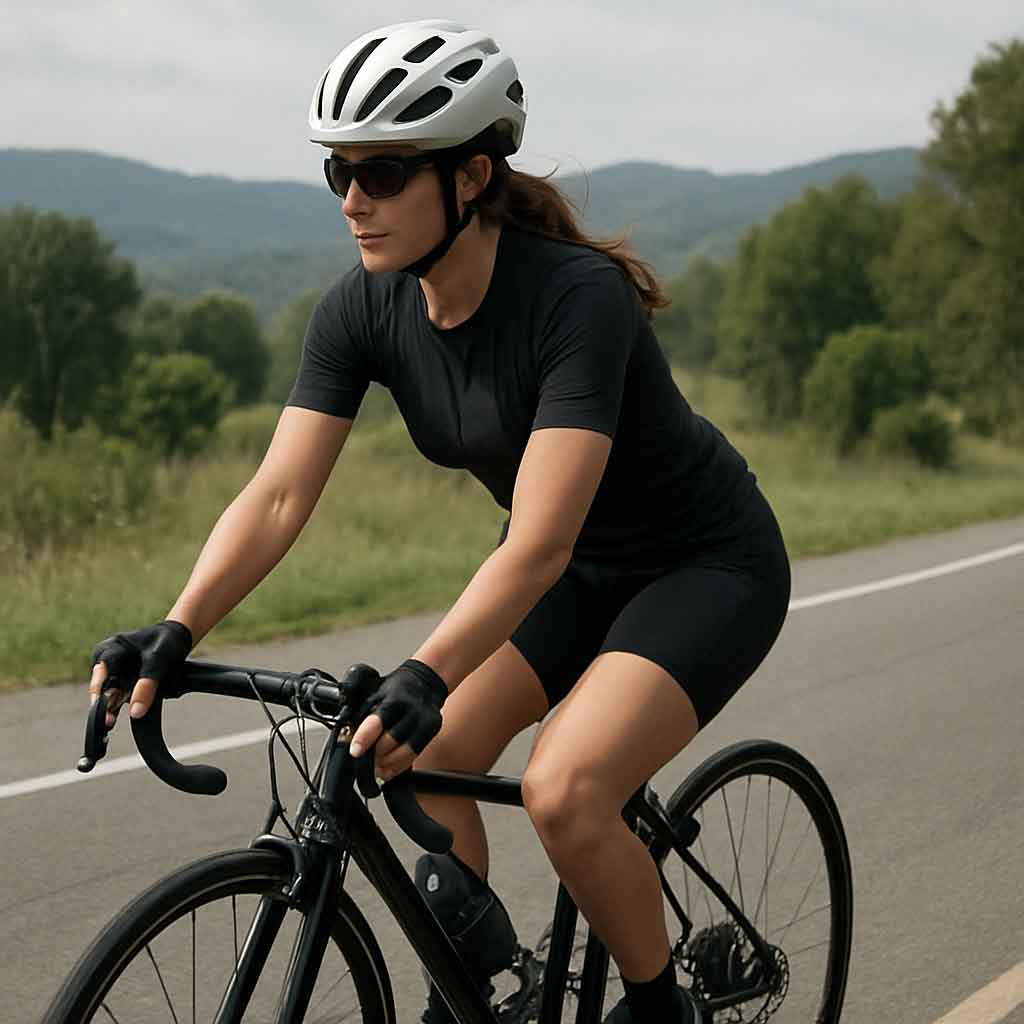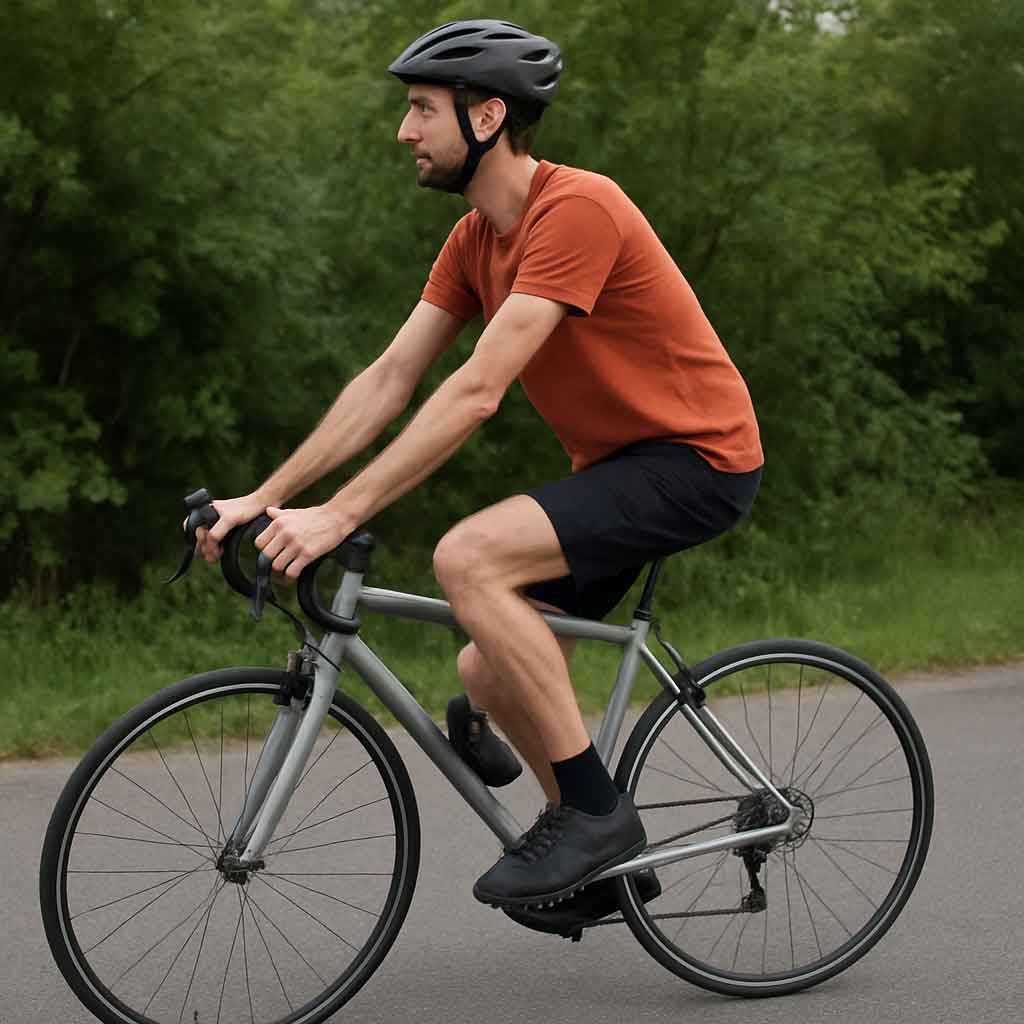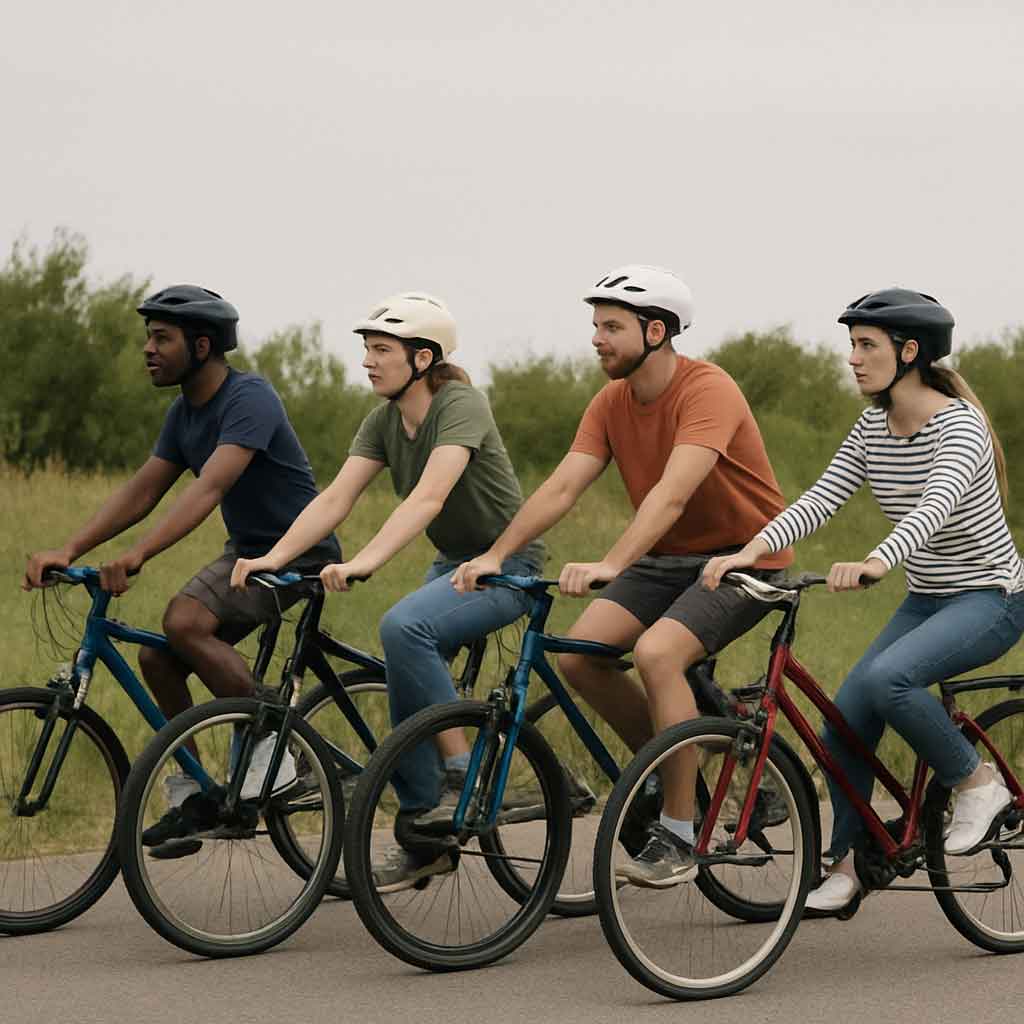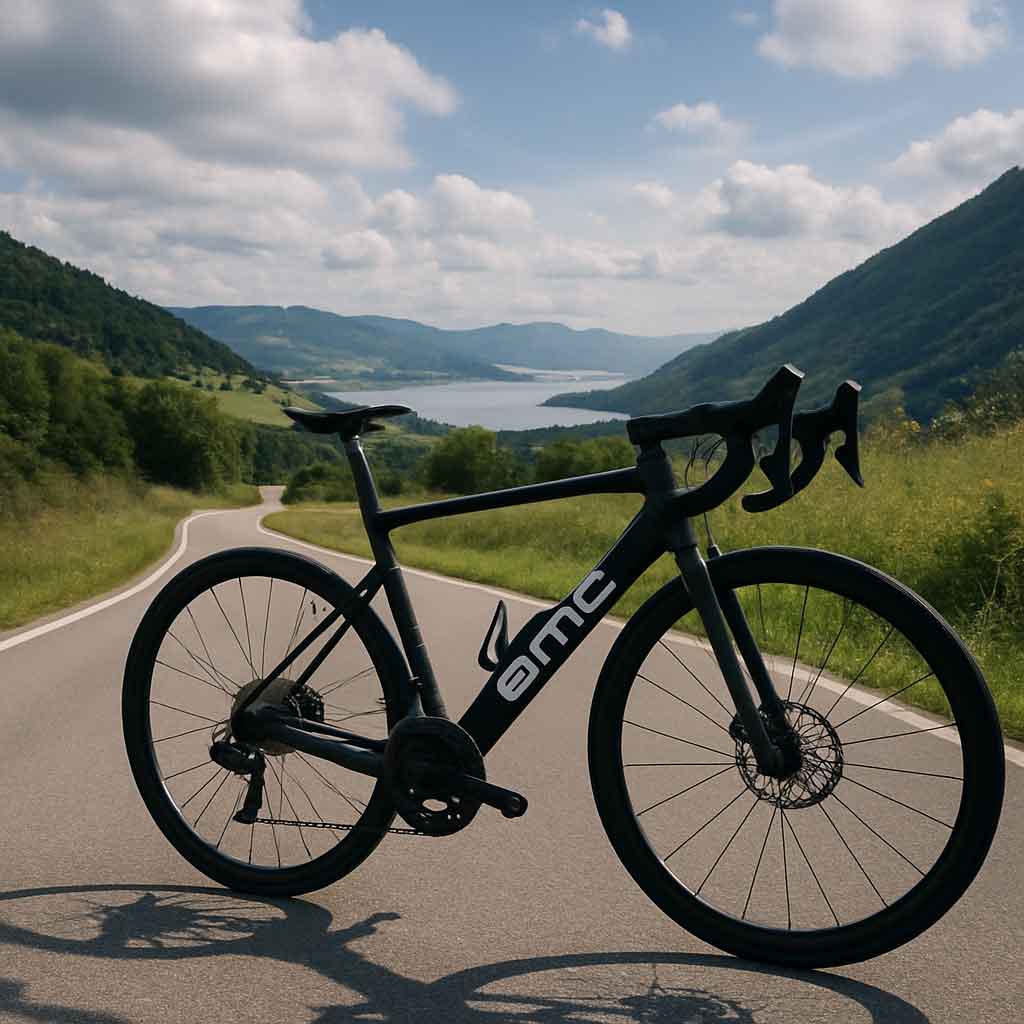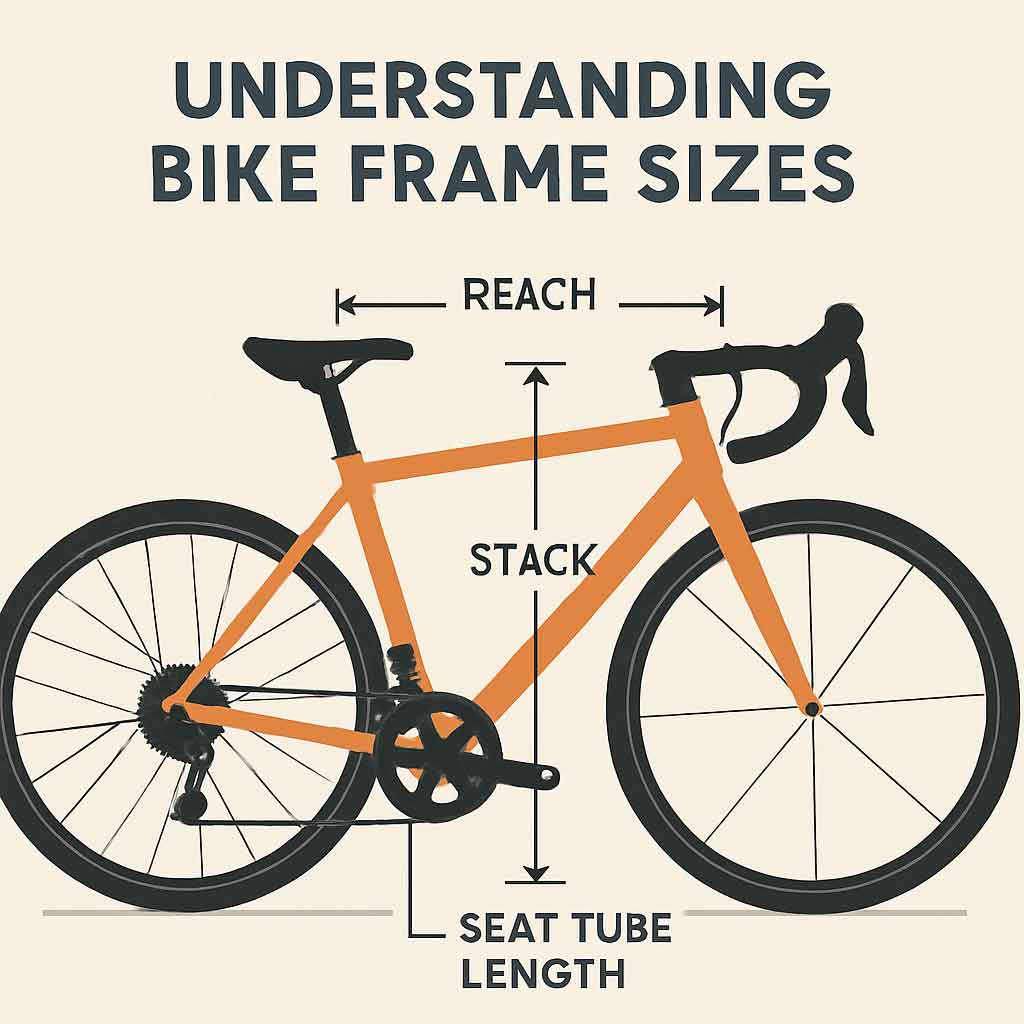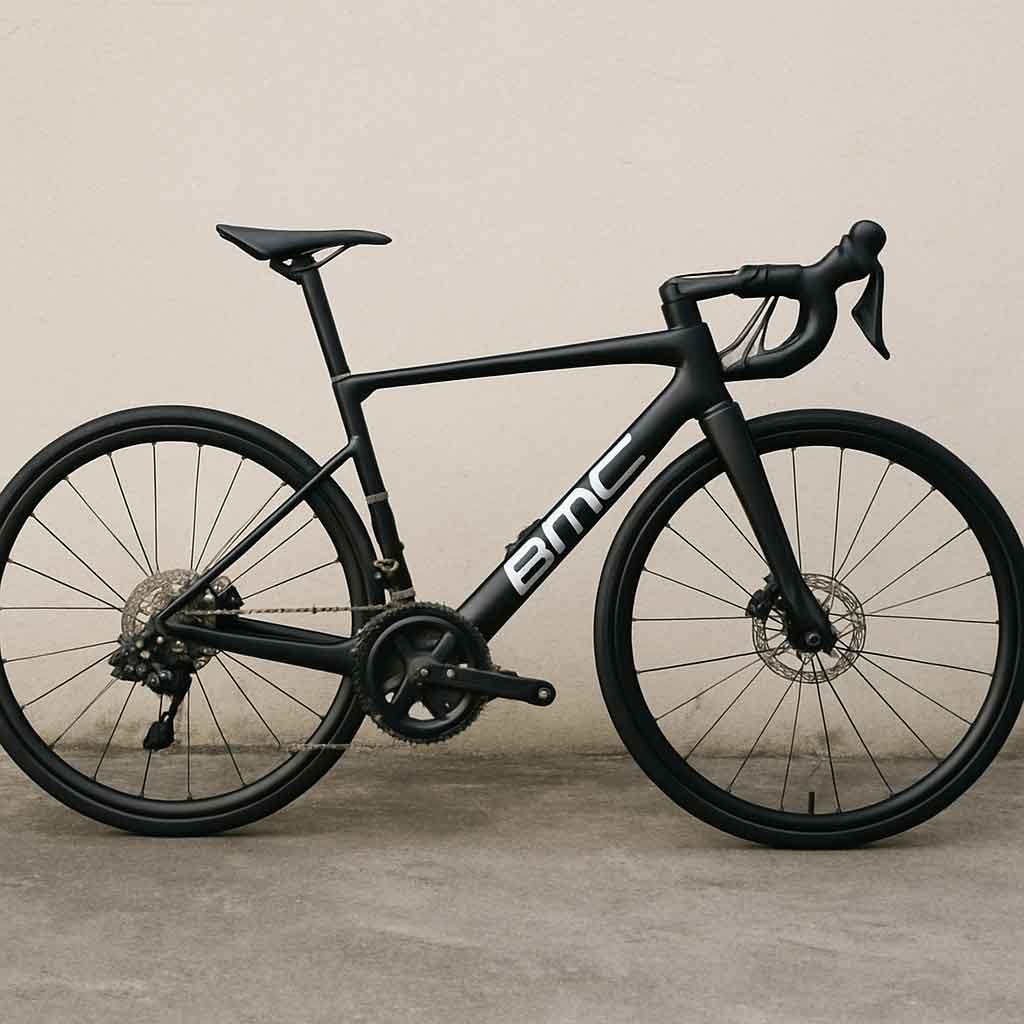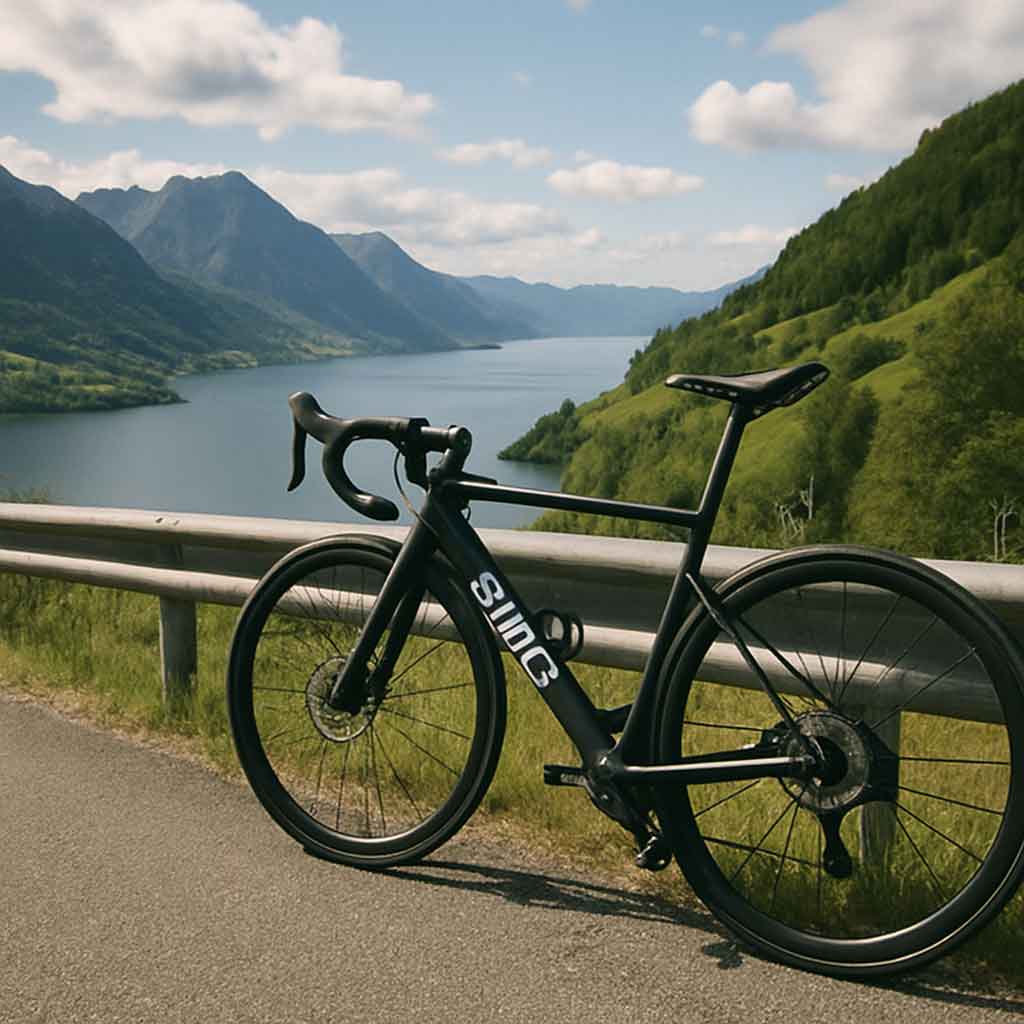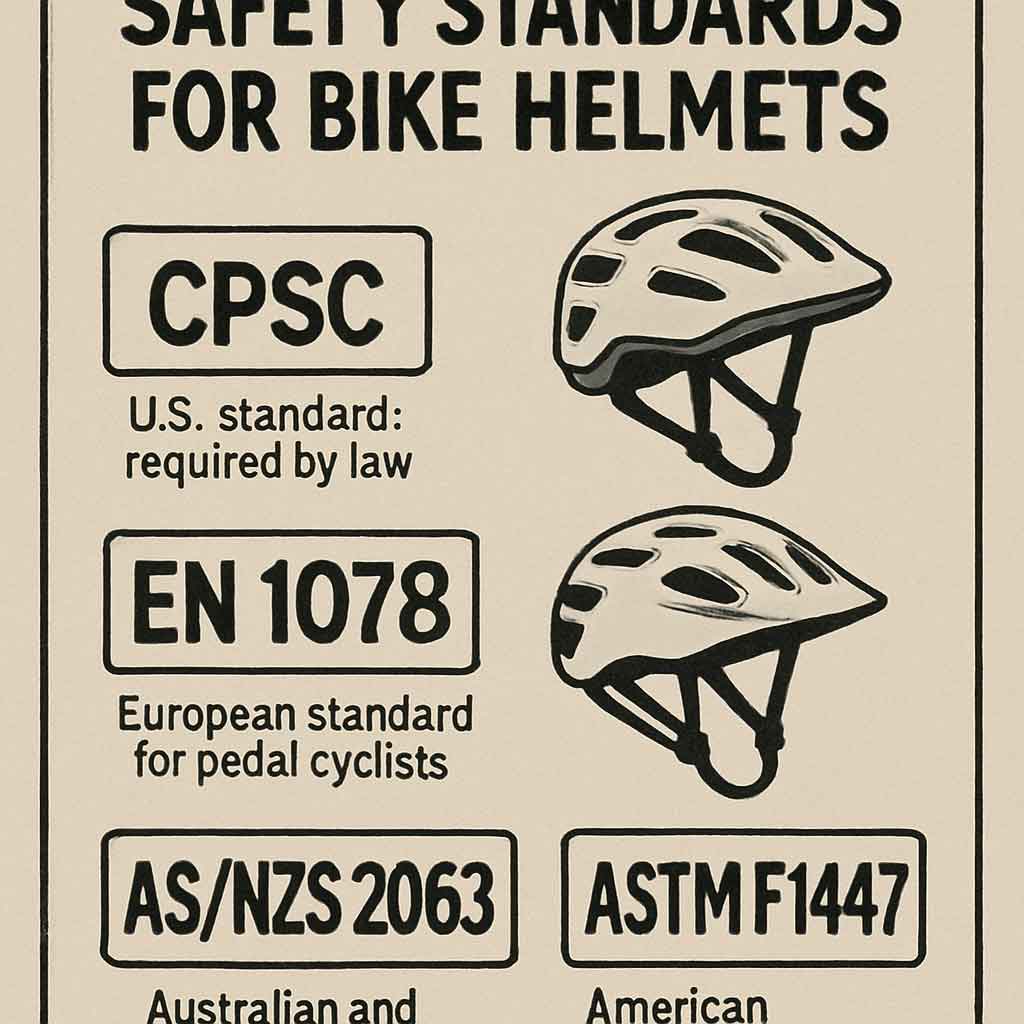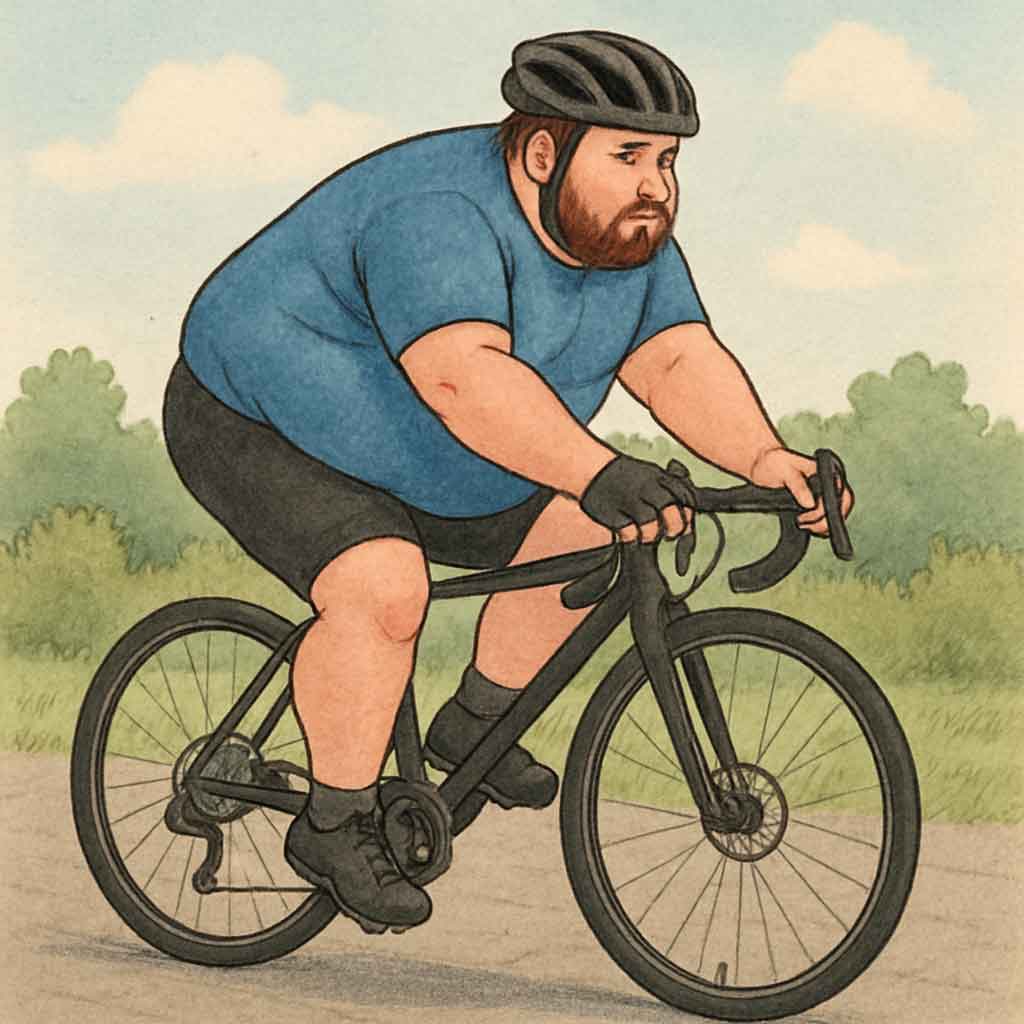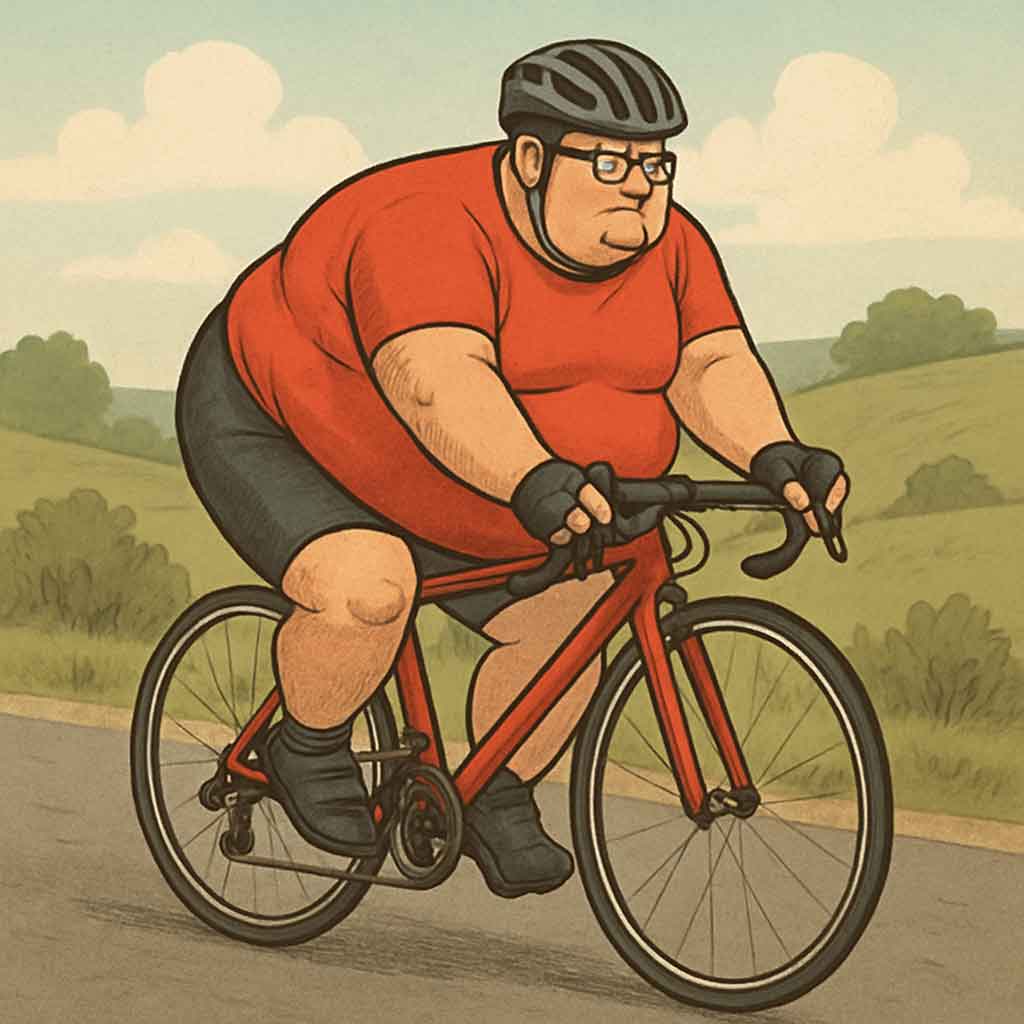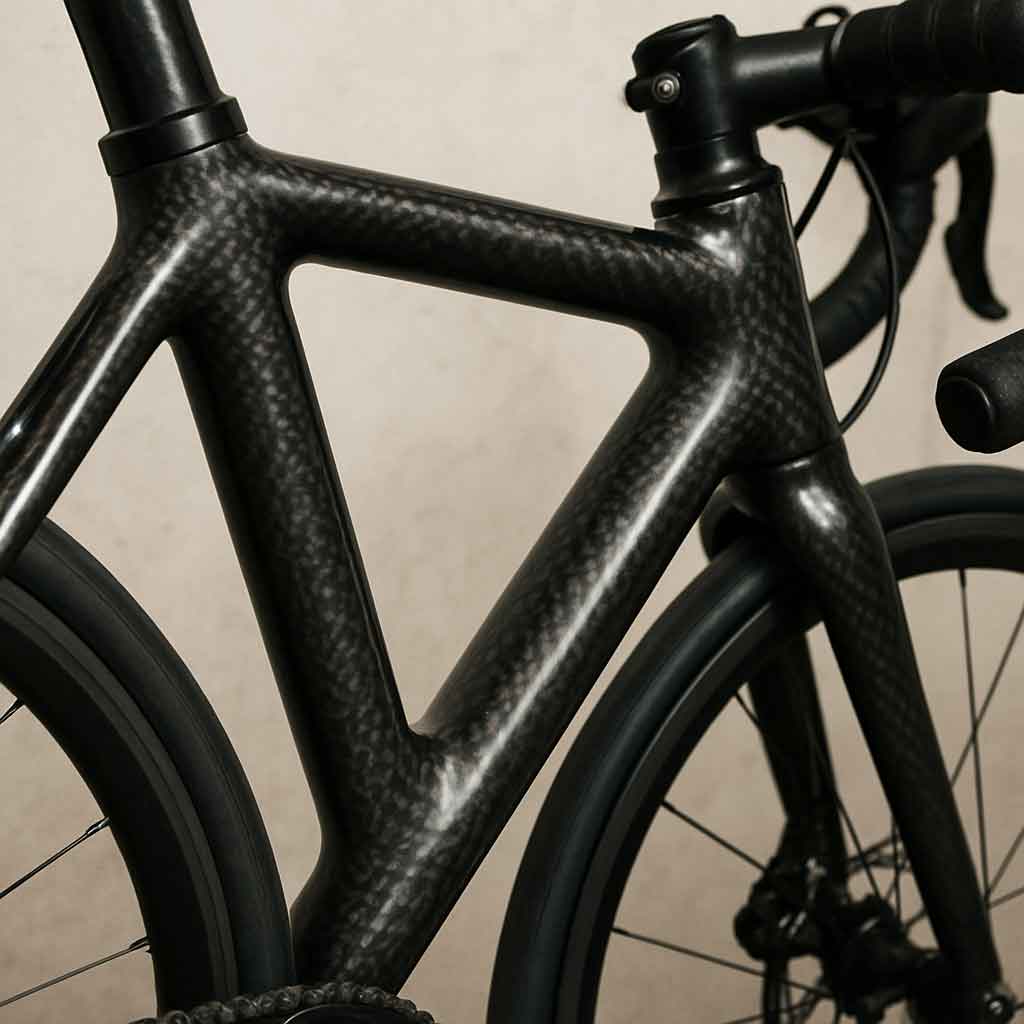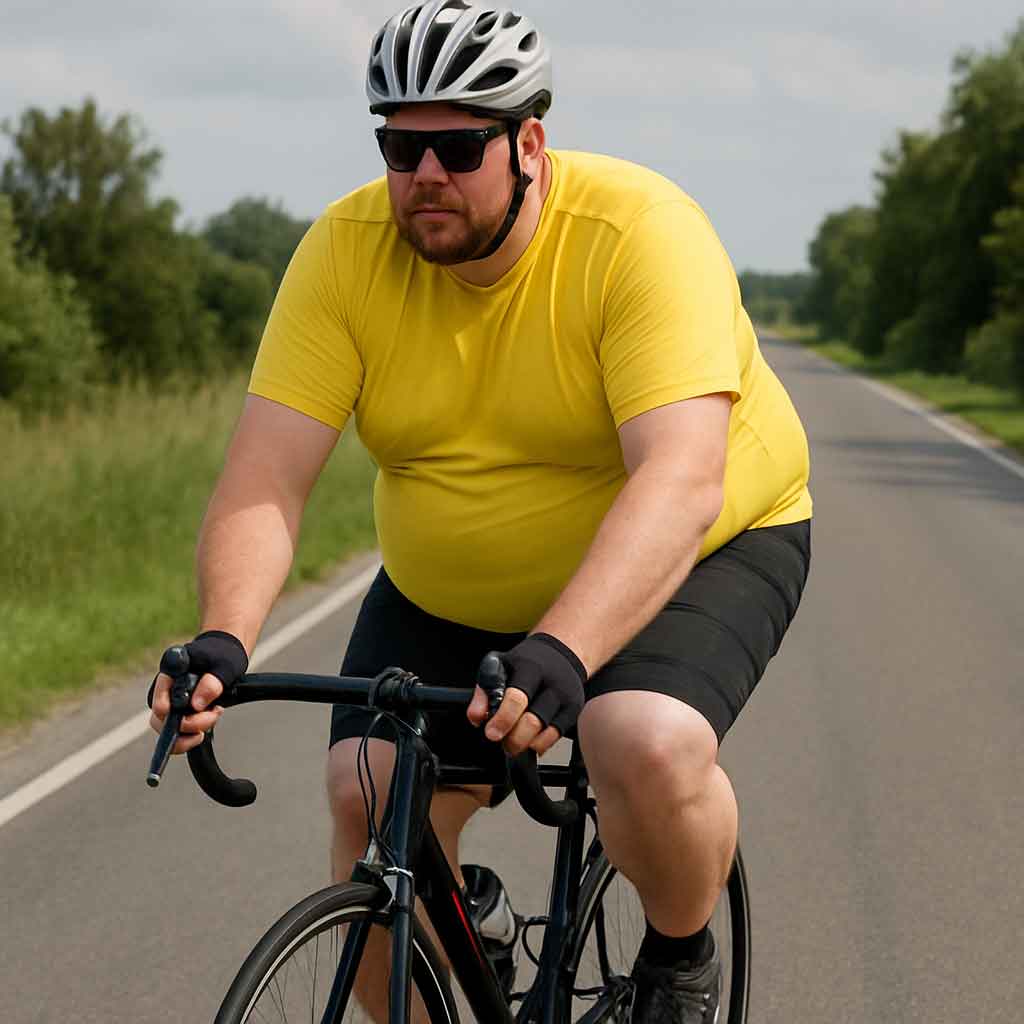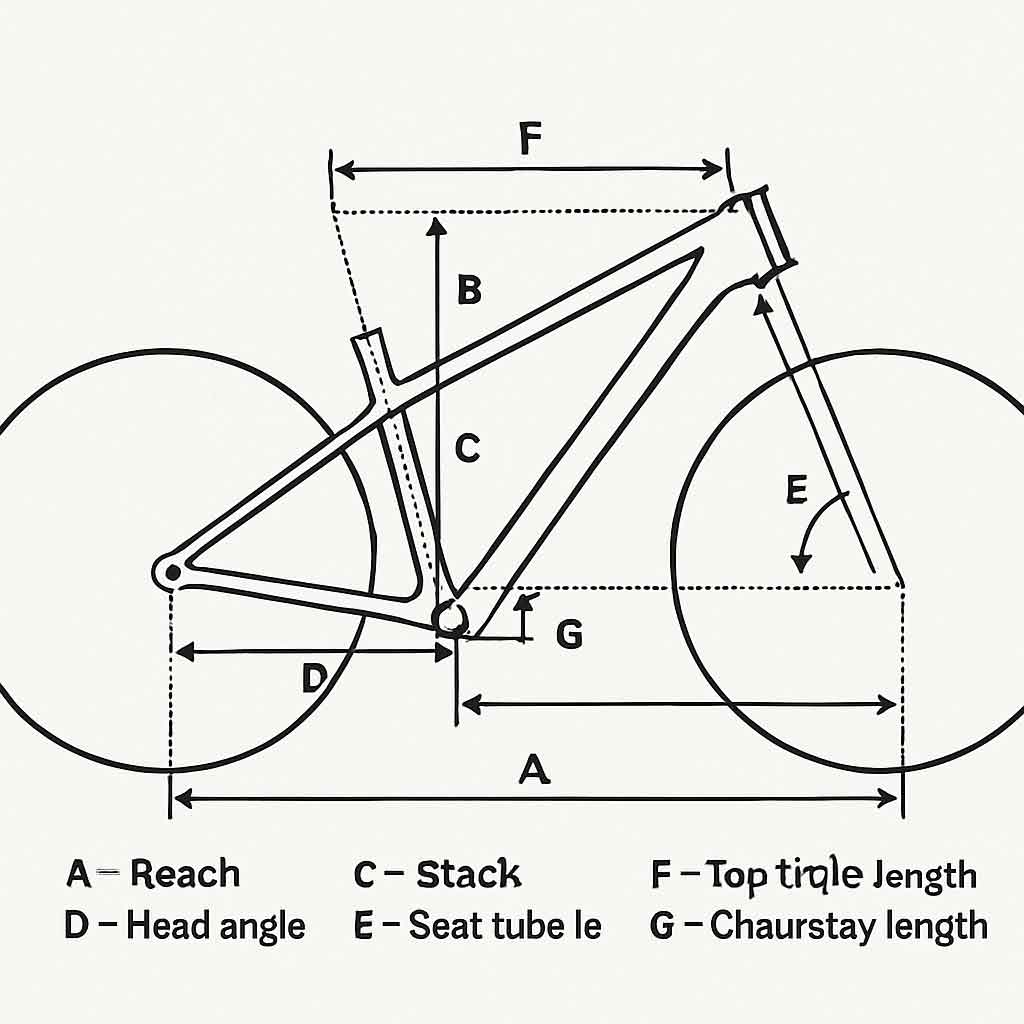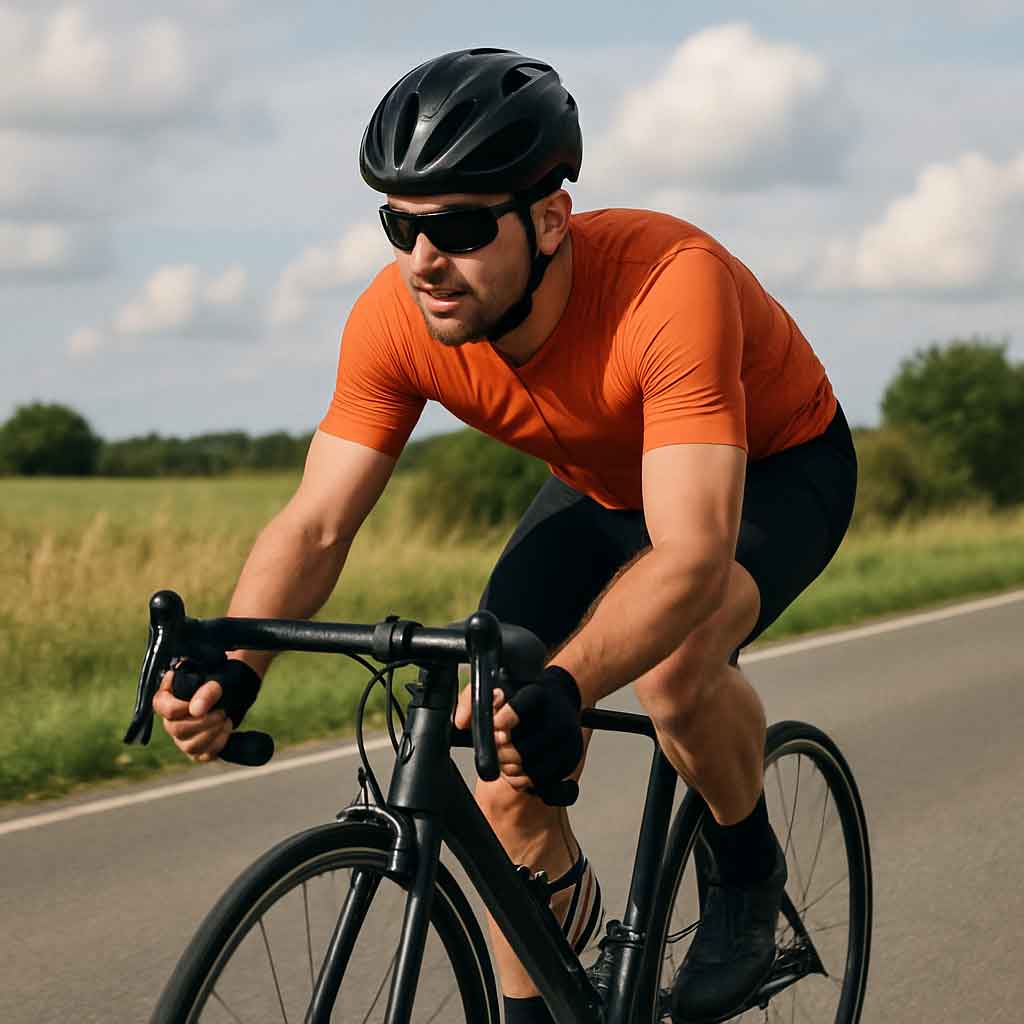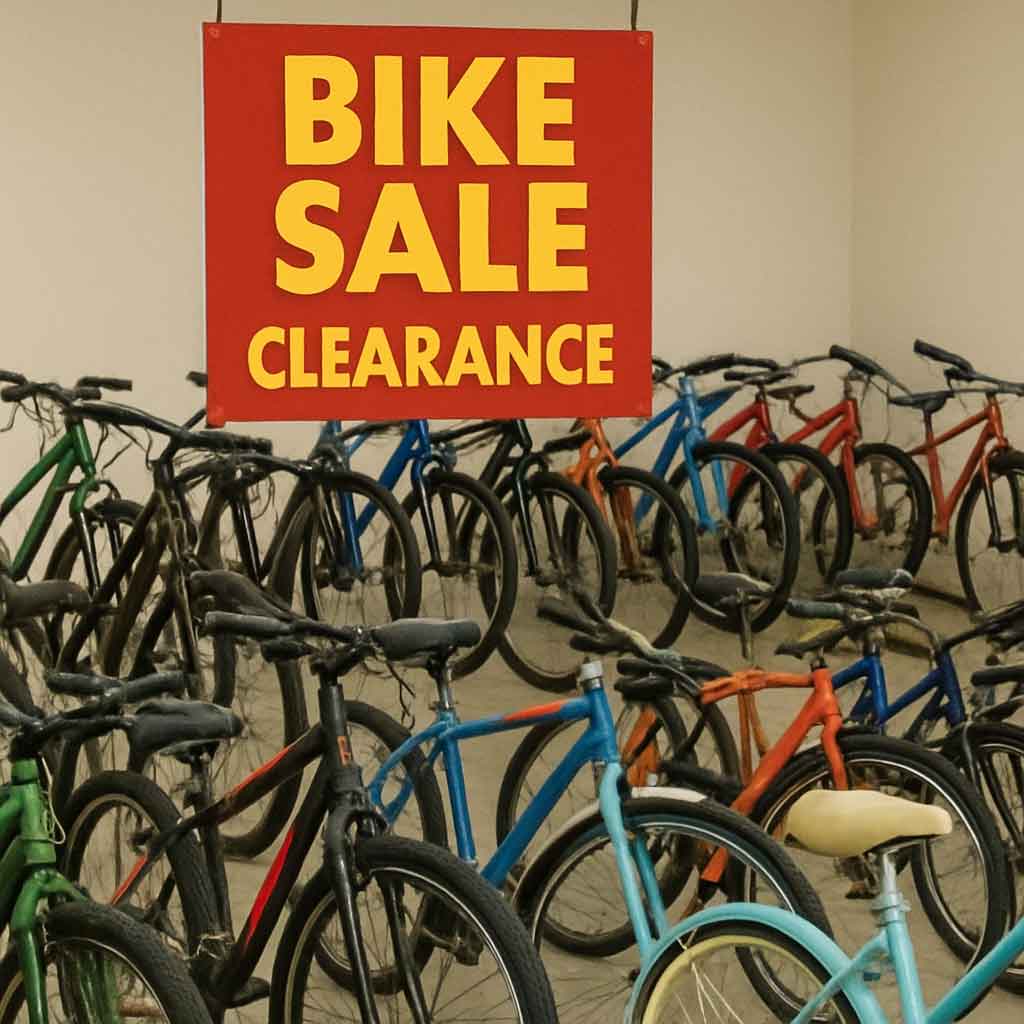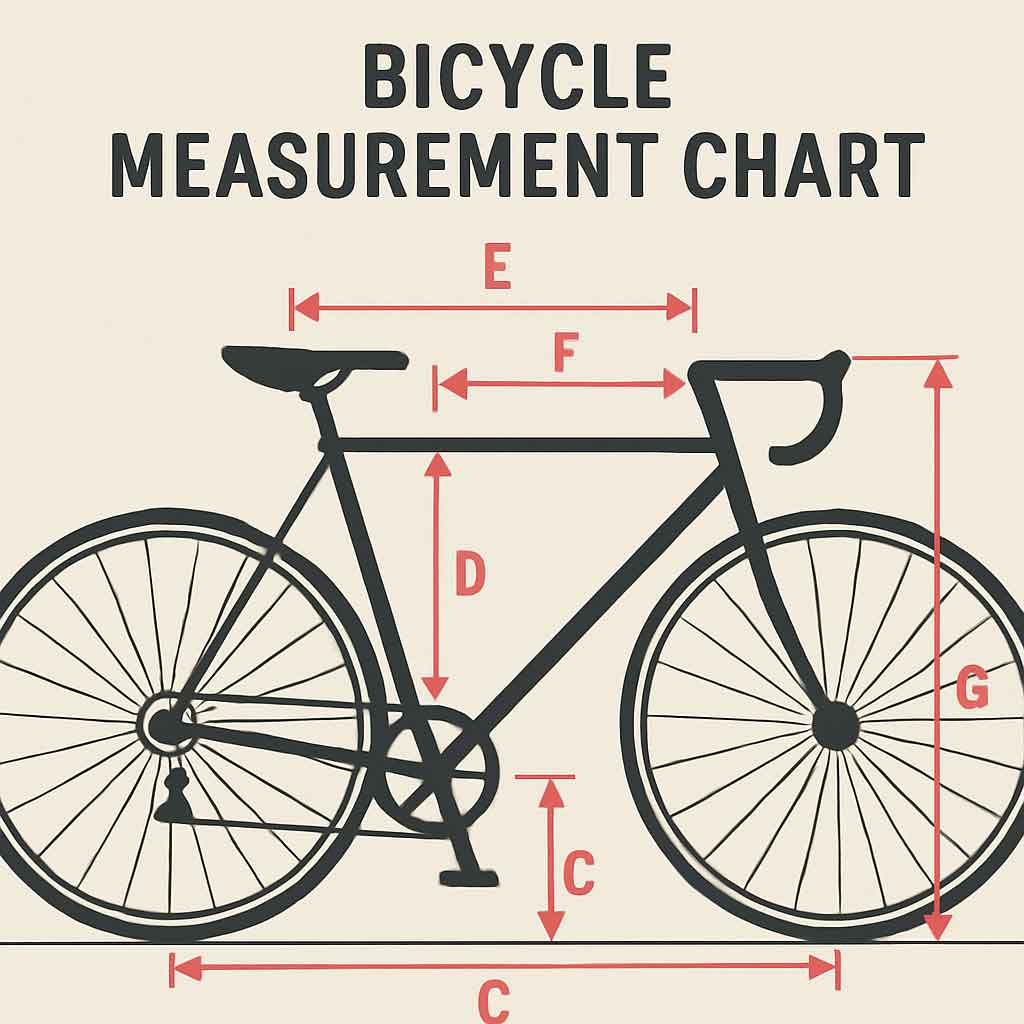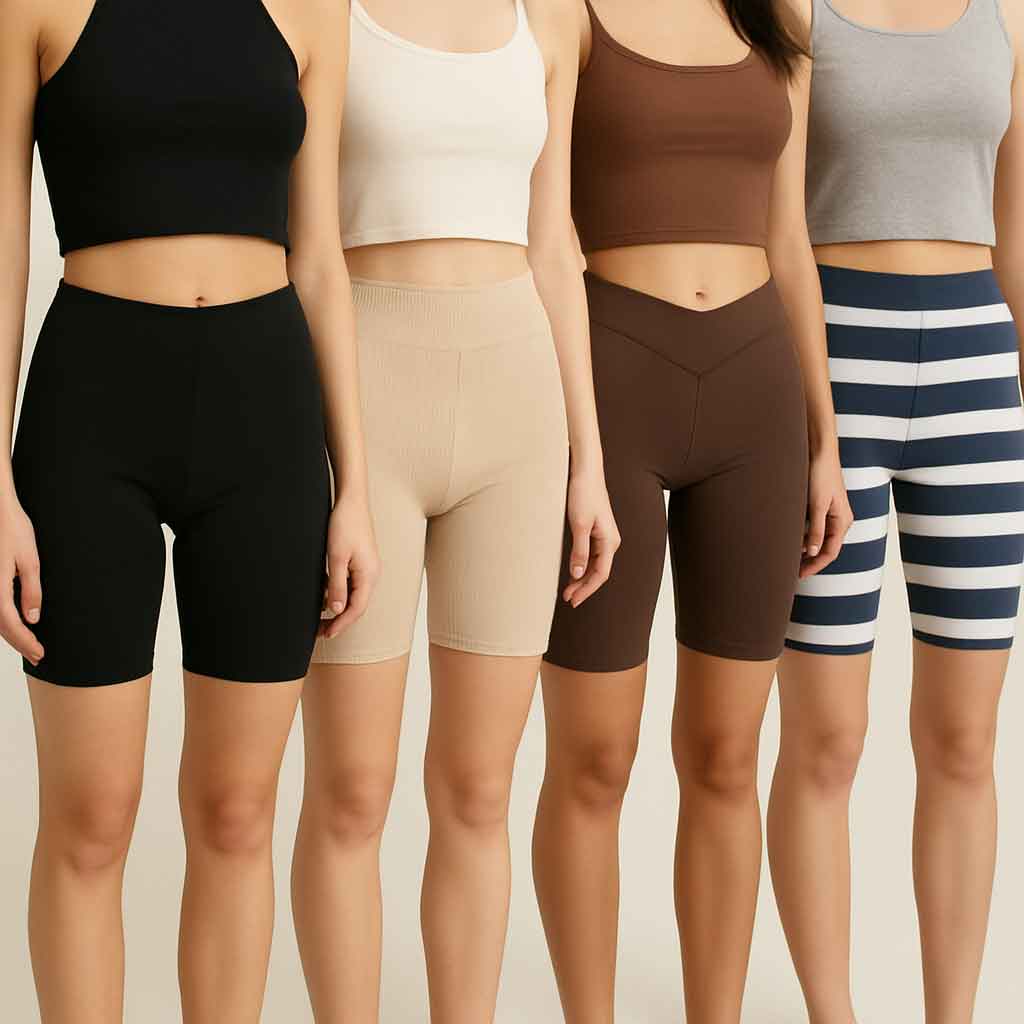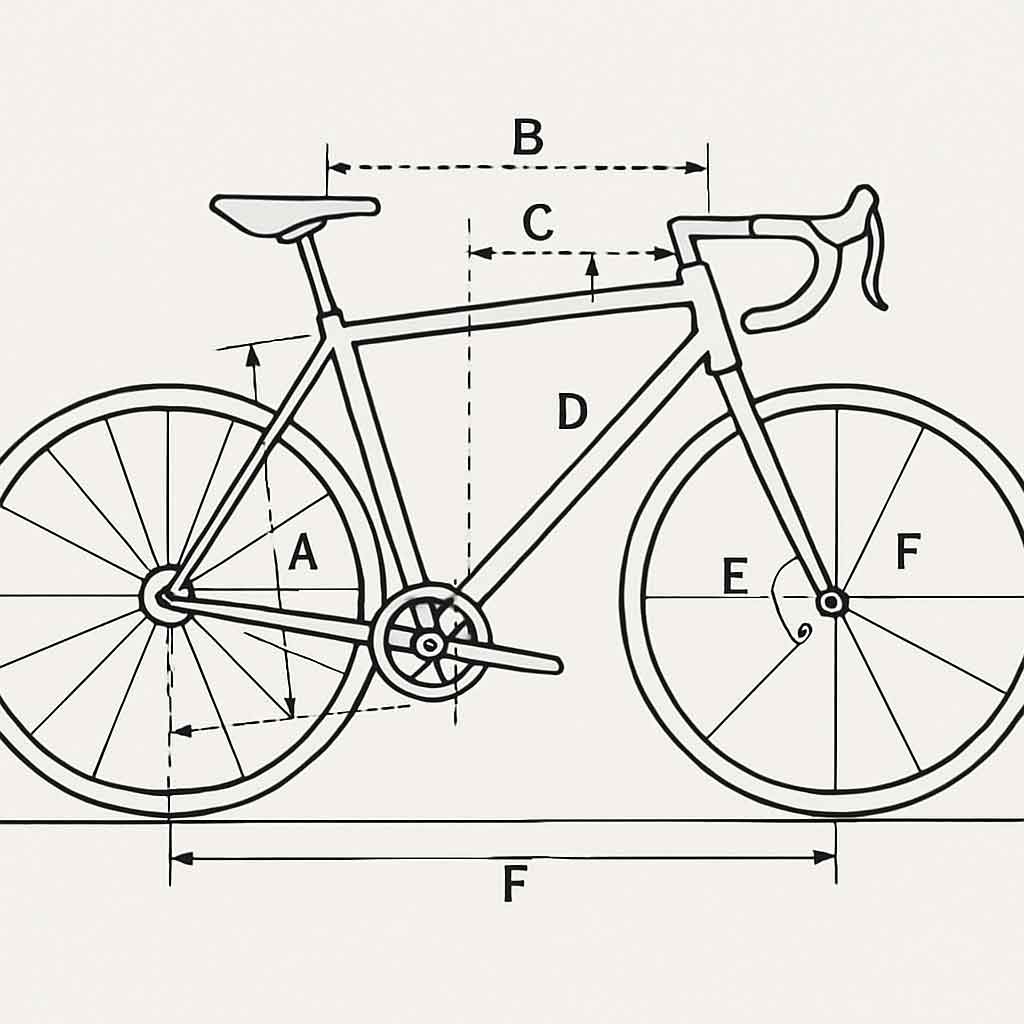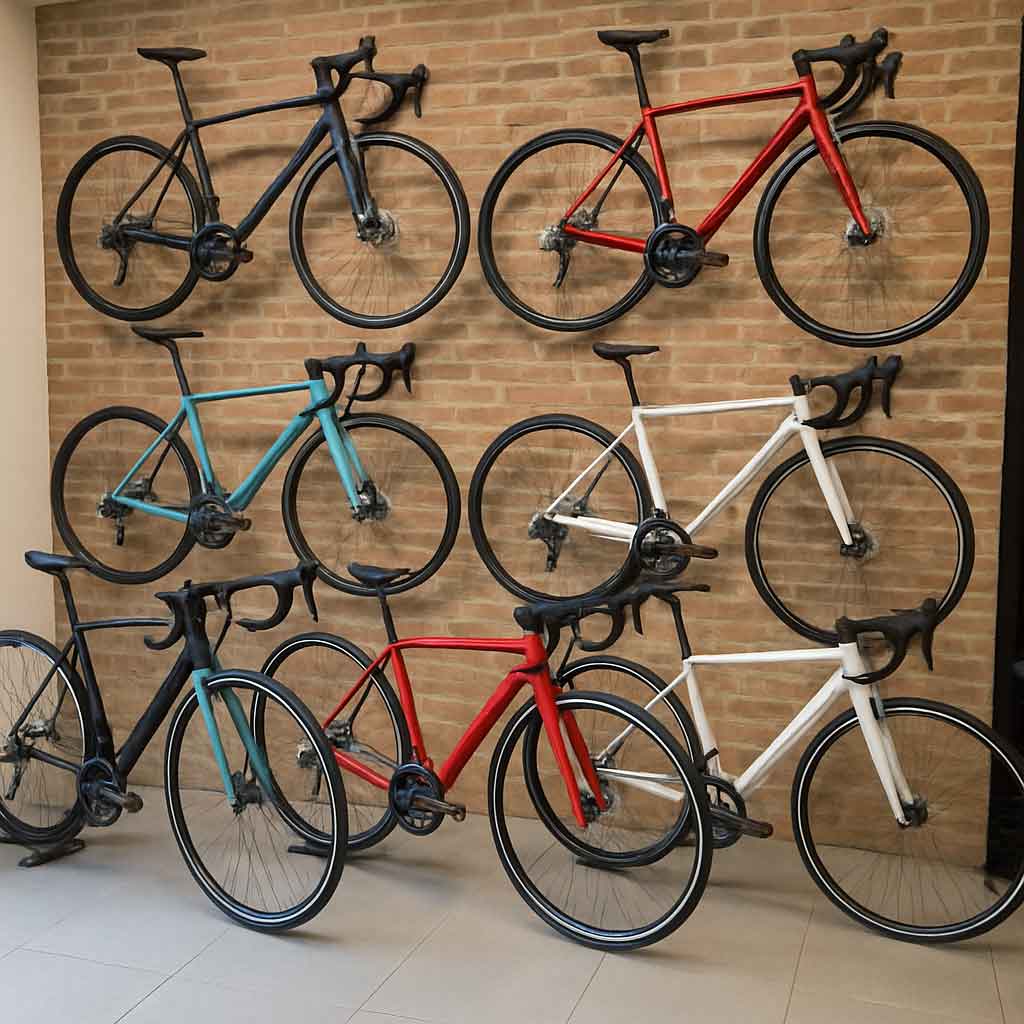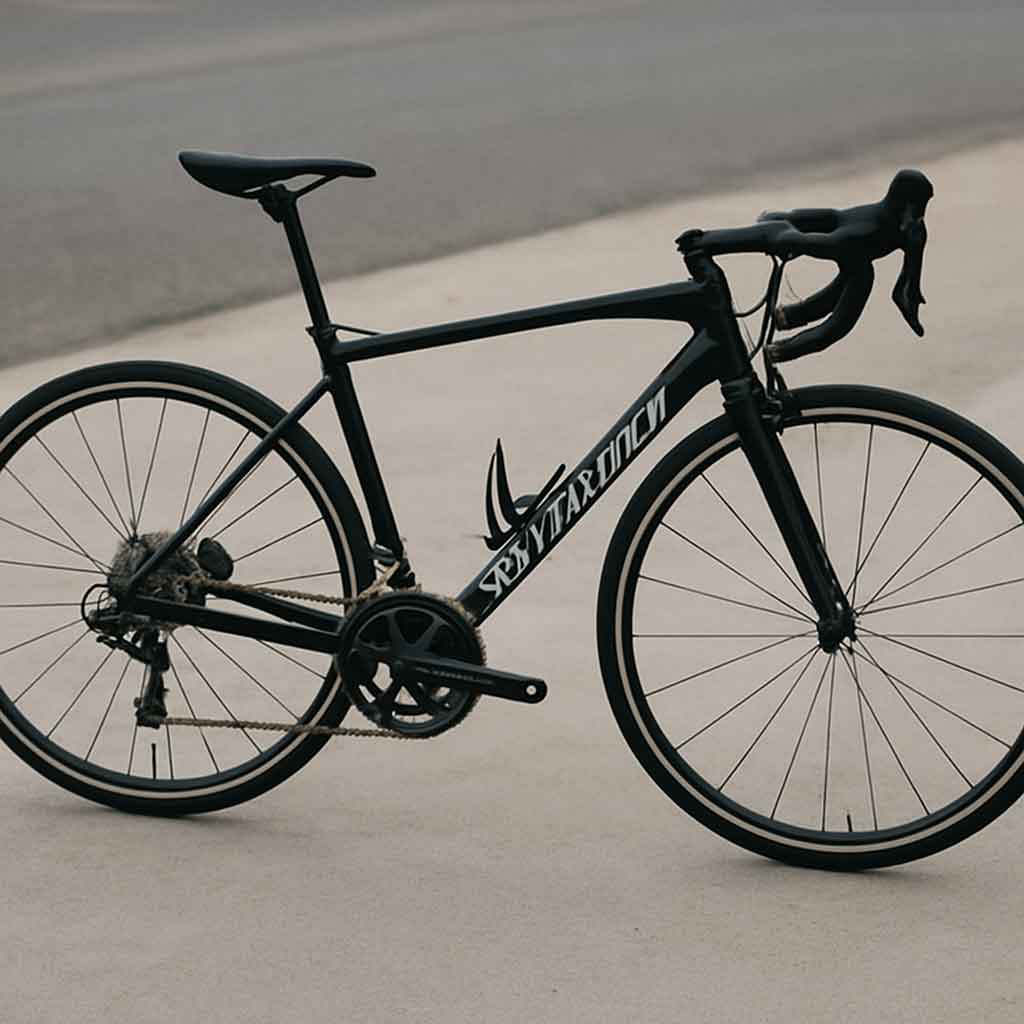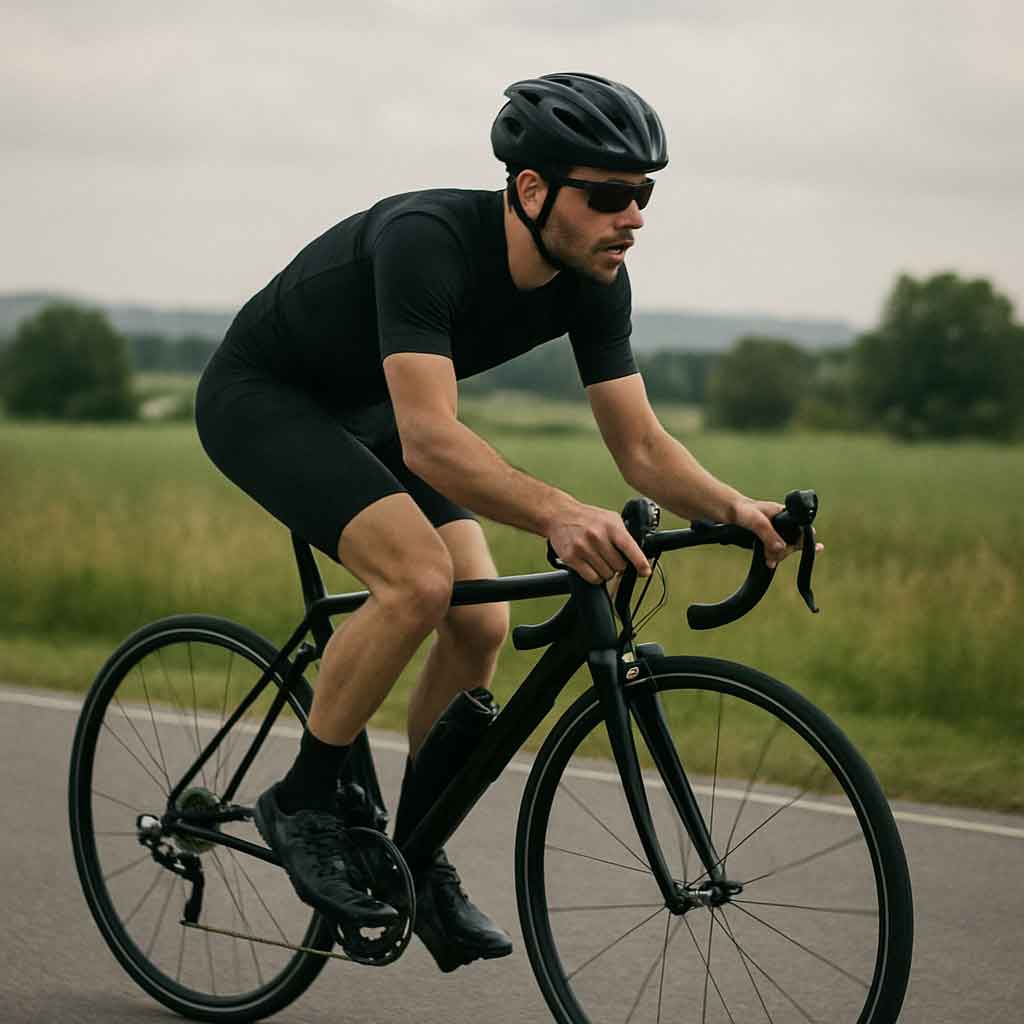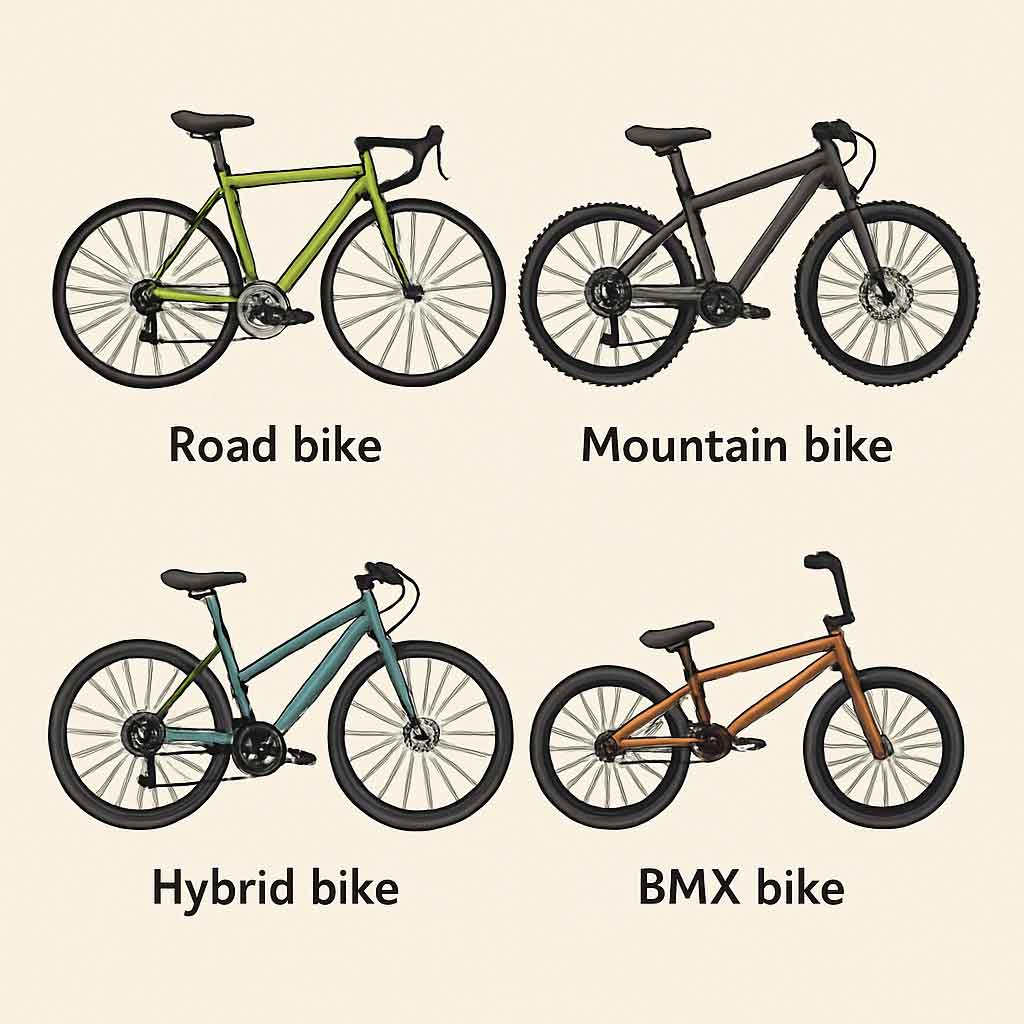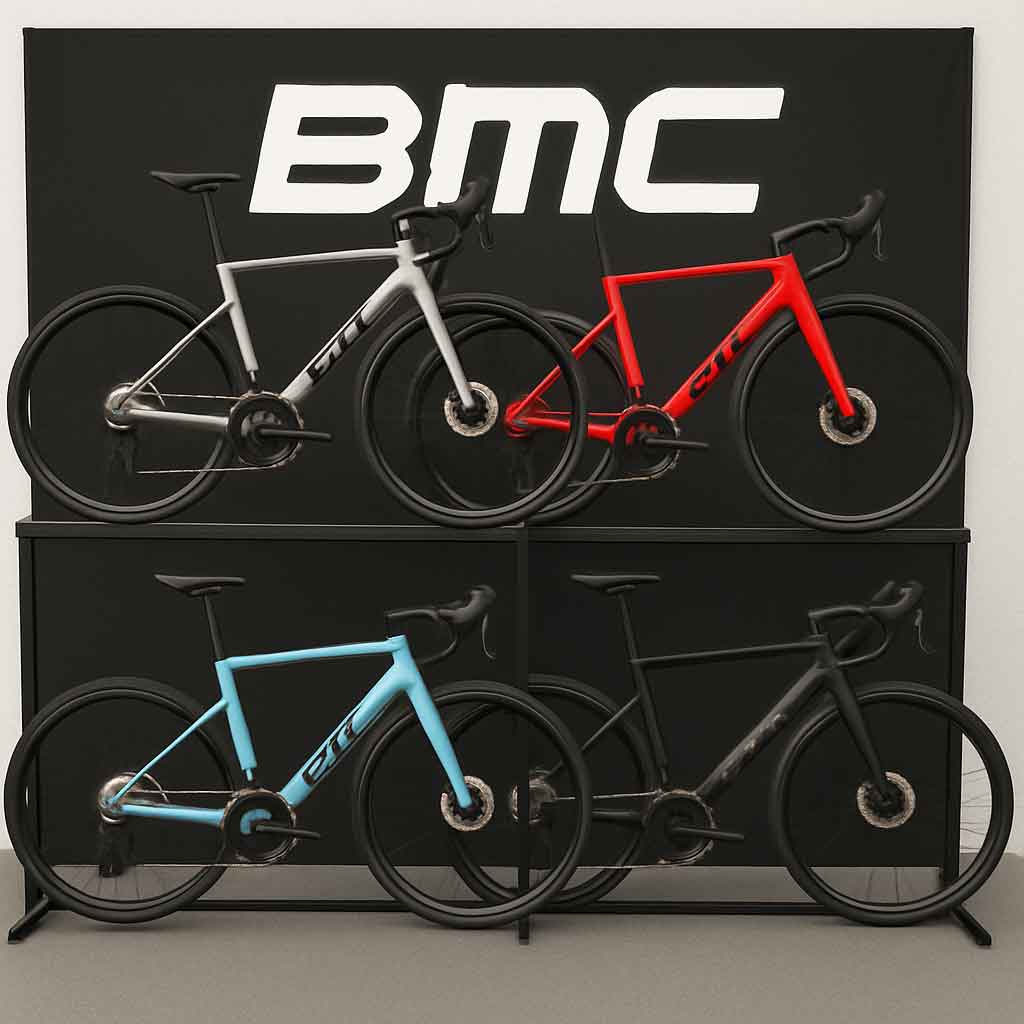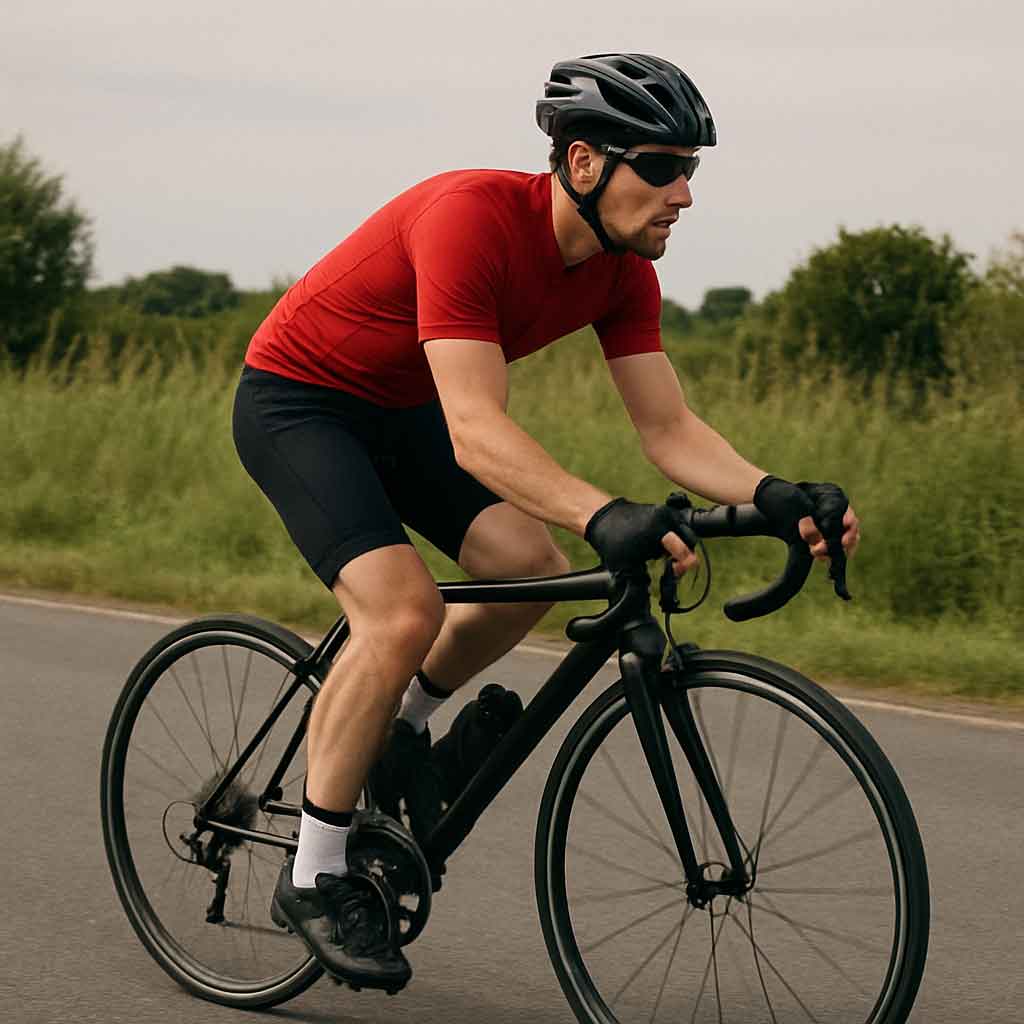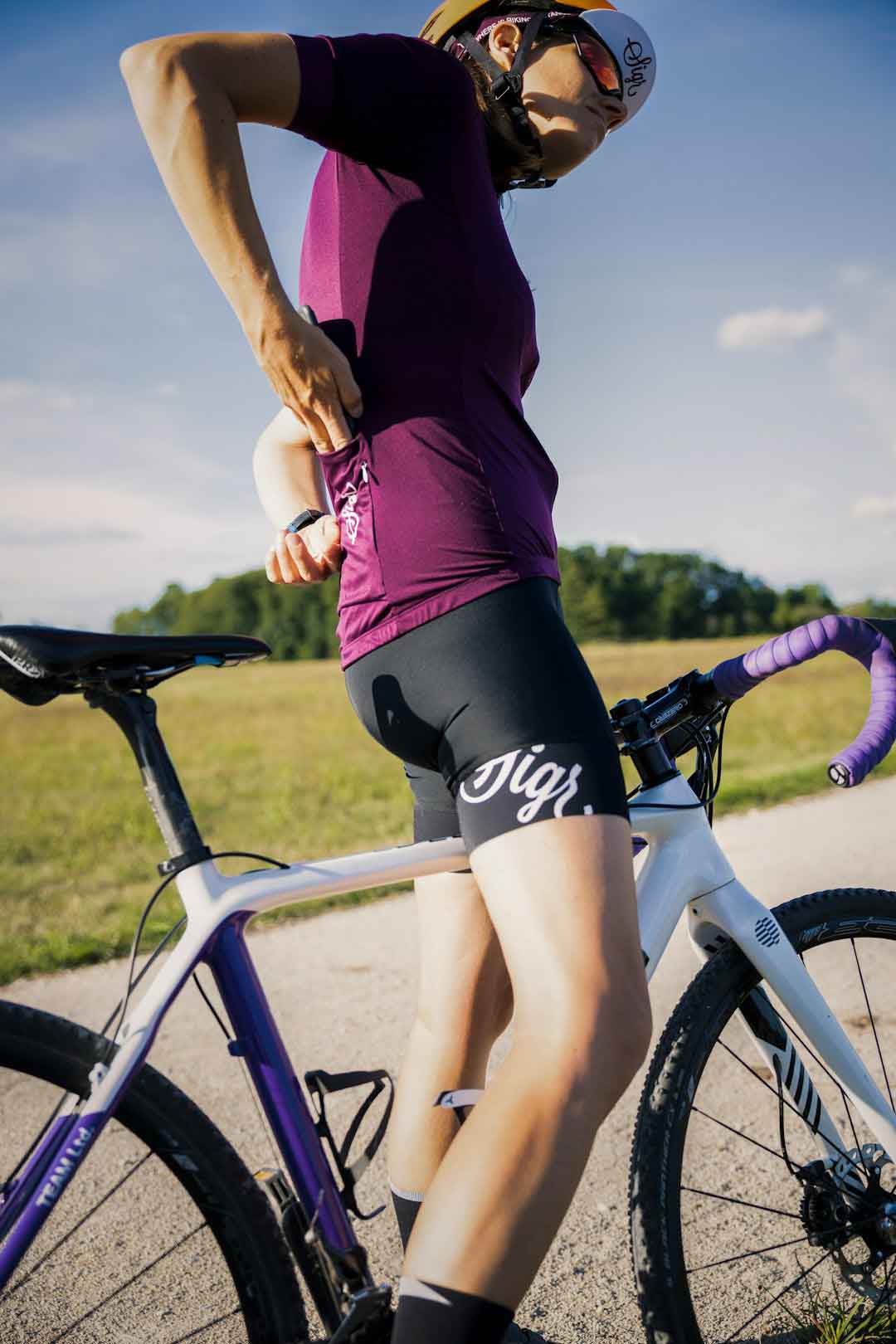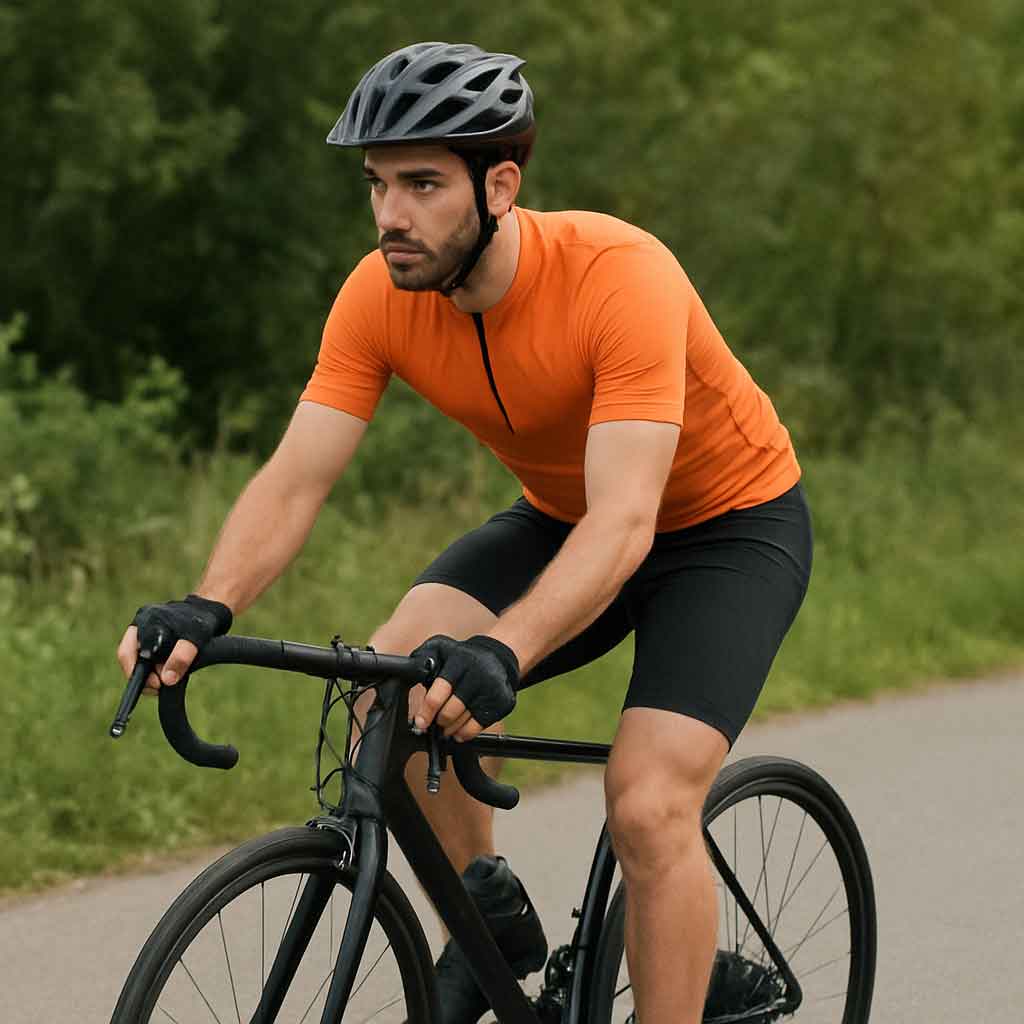
Before diving into specific models, it's important to define what you need in a mountain bike. This initial step is crucial in ensuring that the bike you choose aligns with your riding goals and preferences.
Riding Environment
Consider where you will ride the most. This could be rugged mountain trails, smooth urban paths, or a combination of both. Understanding your primary riding environment will help determine the bike’s required features. For instance, a bike for rugged trails might need more suspension travel and durable components, while one for smooth paths can be lighter with less suspension.
Skill Level Assessment
Evaluate your skill level honestly. Are you a complete novice, or do you have some biking experience? This will influence the type of bike you should consider. Beginners might prioritize comfort and ease of use, while more experienced riders might look for performance features that can challenge their skills.
Budget Planning
Establishing a clear budget is essential. Knowing how much you're willing to spend can significantly narrow down your options and prevent overspending. Consider not only the bike itself but also additional expenses such as safety gear and maintenance. Being realistic about your financial limits can help you make a more informed decision.
Frequency of Use
Think about how often you plan to ride. If you'll be biking frequently, investing a bit more in durability and comfort can pay off in the long run. However, if biking is a sporadic hobby, a more affordable model might suffice. Regular usage necessitates a bike that can withstand wear and tear over time.
Future Goals
Consider your future goals in mountain biking. If you plan to advance your skills or participate in races, you might want a bike that can grow with you. Having a bike that supports your long-term ambitions can be a wise investment, even if it means stretching your budget slightly.
Types of Mountain Bikes
Mountain bikes come in various styles, each designed for specific terrains and riding styles. Here are the main types to consider:
Cross-Country (XC) Bikes
Cross-country bikes are designed for speed and efficiency on smoother trails. They are typically lightweight and have less suspension travel, making them ideal for those who prefer long rides and climbing.
Efficiency and Speed
XC bikes are built for riders who value speed and efficiency. Their lightweight frames and components allow for faster acceleration and easier climbing on smooth trails. These bikes are perfect for riders who enjoy covering long distances quickly.
Terrain Suitability
These bikes excel on well-maintained trails and paths. They are not designed for extremely rough terrain, so if you plan on tackling challenging trails, you might need a bike with more suspension travel. XC bikes are best suited for environments where speed and endurance are prioritized over technical skills.
Competitive Edge
For those interested in racing, XC bikes offer a competitive edge. Their design focuses on maximizing power transfer and minimizing weight, giving racers an advantage in cross-country events. These bikes are often used in competitive settings where every second counts.
Trail Bikes
Trail bikes are versatile and can handle a variety of terrains. They offer a balance between climbing efficiency and descending capability, making them a popular choice for many riders.
Versatility
Trail bikes are the jack-of-all-trades in the mountain biking world. They can handle a wide range of terrains, from smooth trails to moderately rough paths, providing a balanced performance in both climbing and descending. This versatility makes them a great choice for riders who enjoy exploring different types of trails.
Balanced Performance
These bikes are designed to offer a middle ground between XC and more aggressive bike types. They provide enough suspension to tackle rough trails while maintaining efficiency on climbs. This balance makes them ideal for riders who don't want to be limited by their bike's capabilities.
Ideal for Recreational Riders
Trail bikes are perfect for recreational riders who want a bike that can do it all. Whether you're out for a leisurely ride or tackling a new trail, a trail bike can handle it. Their adaptable nature makes them a great choice for riders who want a single bike that can handle various adventures.
All-Mountain / Enduro Bikes
These bikes are built for more aggressive riding on challenging trails. They have more suspension travel, which helps absorb rough terrain but can make climbing more difficult.
Aggressive Riding
All-mountain and enduro bikes are designed for riders who love tackling challenging trails. Their robust construction and extended suspension travel allow them to handle steep descents and technical sections with ease. These bikes are perfect for those who seek adrenaline-pumping rides.
Robust Construction
With more suspension and durable frames, these bikes can withstand the rigors of aggressive riding. They are built to handle drops, jumps, and rough terrain, making them ideal for riders who push their limits. However, their heavier build can make climbing more demanding.
Ideal for Technical Trails
If you frequent technical trails with lots of obstacles, an all-mountain or enduro bike is a great choice. Their design focuses on stability and control during descents, allowing riders to navigate challenging sections confidently. These bikes are suited for experienced riders looking to tackle advanced trails.
Downhill Bikes
Downhill bikes are specifically designed for descending steep and technical trails. They have the most suspension travel and are not ideal for climbing.
Descending Excellence
Downhill bikes are engineered for descending at high speeds. Their geometry and suspension are optimized for stability and control, allowing riders to tackle steep and technical trails with confidence. These bikes are perfect for those who thrive on the excitement of downhill riding.
Maximum Suspension
With the most suspension travel of any mountain bike type, downhill bikes can absorb the impact of large drops and rough terrain. This makes them ideal for downhill courses but limits their climbing ability. Riders should be prepared for the challenge of transporting these bikes uphill.
Ideal for Bike Parks
Downhill bikes are often used in bike parks where riders can focus on descending without worrying about climbing. Their design is tailored to provide maximum performance on courses with a high degree of technical difficulty. These bikes are best for experienced riders who prioritize descending skills.
Fat Bikes
Fat bikes have oversized tires that provide excellent traction and stability on snow, sand, or loose surfaces. They are great for riders who want to explore diverse environments.
Unique Tire Design
The most distinctive feature of fat bikes is their oversized tires. These tires provide exceptional traction and stability on soft surfaces like snow and sand. Fat bikes are perfect for riders who enjoy exploring unique environments where traditional mountain bikes might struggle.
Year-Round Riding
Fat bikes open up the possibility of year-round riding, even in winter conditions. Their design allows riders to tackle snowy trails and icy paths with ease, making them a great choice for those who don't want to be limited by weather conditions.
Exploration and Adventure
For riders who love adventure and exploration, fat bikes offer endless possibilities. Their ability to handle diverse terrains encourages riders to venture off the beaten path and discover new trails. These bikes are ideal for those who value versatility and adventure in their riding experience.
Key Features to Consider
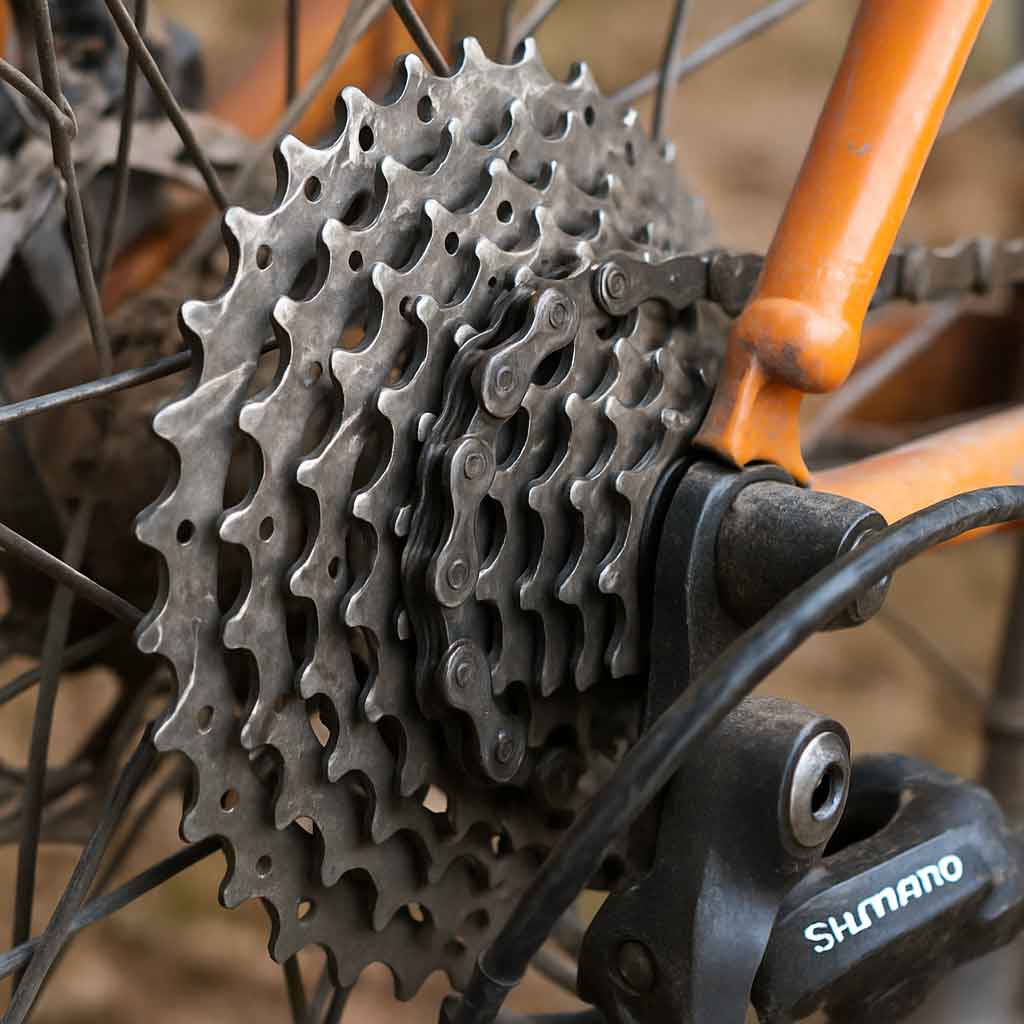
When searching for a good cheap mountain bike, it's crucial to understand the features that impact performance and durability:
Frame Material
The frame is the backbone of your bike. Common materials include:
Aluminum
Aluminum is the most common frame material for budget mountain bikes. It is lightweight, affordable, and offers a good balance of durability and performance. Aluminum frames are ideal for riders who want a reliable bike without breaking the bank.
Steel
Steel frames are known for their durability and smooth ride quality. They can absorb vibrations and provide a comfortable ride, but they are generally heavier than aluminum frames. Steel is a great choice for riders who prioritize comfort and are willing to handle the extra weight.
Carbon Fiber
Carbon fiber frames are lightweight and strong but are typically more expensive. They offer excellent performance and are often found on higher-end models. Carbon fiber is ideal for riders who are willing to invest in a premium bike for competitive or advanced riding.
Suspension
Suspension helps smooth out the ride by absorbing bumps and shocks. There are two main types:
Hardtail
Hardtail bikes have front suspension only. They are generally lighter and more affordable, making them suitable for less technical trails. Hardtails are perfect for riders who prioritize climbing efficiency and want a bike that is easy to maintain.
Full Suspension
Full suspension bikes have both front and rear suspension. They provide a smoother ride on rough terrain but can be more expensive. These bikes are ideal for riders who tackle technical trails and value comfort and control during descents.
Suspension Travel
Consider the amount of suspension travel you need based on your riding style. More travel offers better shock absorption on rough terrain but can add weight and complexity. Choose a suspension setup that matches your typical trails and riding preferences.
Wheel Size
Common wheel sizes include:
26-inch
The 26-inch wheel size is the traditional standard and is less common now but can be found on cheaper models. They offer nimble handling and are suitable for riders who prefer a more playful ride.
27.5-inch (650b)
The 27.5-inch wheel size offers a good balance of speed and maneuverability. They are versatile and provide a smooth ride on a variety of terrains. This size is ideal for riders who want a versatile bike that performs well in different conditions.
29-inch
The 29-inch wheel size rolls over obstacles more easily, making it ideal for cross-country and trail riding. These wheels offer better momentum and stability, especially on rough terrain. They are perfect for riders who prioritize speed and efficiency.
Gearing
A wider range of gears can make climbing easier and descents more controlled. Look for bikes with a sufficient number of gears to suit your local terrain.
Gear Range
Consider the gear range that matches your riding environment. A wide range of gears can help you tackle steep climbs and fast descents with ease. Ensure the bike has enough gearing options to handle the variety of terrains you plan to ride on.
Drivetrain Quality
The quality of the drivetrain components can impact the bike's performance and durability. Look for reputable brands and models that offer smooth shifting and reliable operation. A quality drivetrain can enhance your riding experience and reduce maintenance needs.
Maintenance Considerations
Consider the ease of maintenance when choosing gearing options. Some systems require more frequent adjustments and care than others. Opt for a setup that aligns with your mechanical skills and maintenance preferences.
Brakes
There are two main types of brakes:
Rim Brakes
Rim brakes are cheaper but less effective in wet conditions. They are lightweight and easy to maintain, making them suitable for dry environments. Rim brakes are a good choice for budget-conscious riders who mostly ride in dry conditions.
Disc Brakes
Disc brakes are more reliable and powerful, especially in adverse weather. They offer superior stopping power and perform well in wet and muddy conditions. Disc brakes are ideal for riders who value safety and performance in all weather conditions.
Mechanical vs. Hydraulic
Consider whether you prefer mechanical or hydraulic disc brakes. Mechanical brakes are simpler and easier to maintain, while hydraulic brakes offer better modulation and power. Choose the brake system that best suits your riding style and maintenance capabilities.
Top Rated Beginner Mountain Bikes
by Master Unknown (https://unsplash.com/@exp00)
Here are some of the best affordable mountain bikes that offer excellent value for beginners:
1. Co-op Cycles DRT 1.1
A solid entry-level mountain bike, the Co-op Cycles DRT 1.1 features an aluminum frame, front suspension, and disc brakes. It's perfect for those new to mountain biking and is priced under $1000.
Build Quality and Features
The Co-op Cycles DRT 1.1 is built with an aluminum frame that offers durability without added weight. Its front suspension helps smooth out bumps on the trail, making it comfortable for beginners. The inclusion of disc brakes provides reliable stopping power in various conditions.
Price and Value
Priced under $1000, the DRT 1.1 offers excellent value for money. It provides a solid entry point into mountain biking without compromising on essential features. The bike's affordability makes it accessible for new riders looking to explore the sport.
Ideal User
This bike is ideal for beginners who want a reliable and easy-to-use bike for exploring trails. Its features cater to those who are new to the sport and want to gain confidence before upgrading to more advanced models.
2. Giant Talon 3
The Giant Talon 3 is a versatile bike that offers a smooth ride with its front suspension and wide gear range. It's a great option for riders looking to explore various terrains without overspending.
Versatility and Performance
The Talon 3 is designed to handle a variety of terrains, from smooth paths to rough trails. Its front suspension and wide gear range allow for comfortable and efficient rides, making it a versatile choice for beginners and intermediate riders.
Affordability and Quality
Giant has a reputation for producing quality bikes at affordable prices, and the Talon 3 is no exception. It provides excellent performance and durability for its price, making it a smart investment for those new to mountain biking.
Suitable Rider Profile
The Talon 3 is perfect for riders who want a bike that can handle different types of trails. Whether you're exploring local paths or venturing into the wilderness, this bike offers the versatility and reliability needed for a variety of adventures.
3. Trek Marlin 4
The Trek Marlin 4 is designed for beginners who want a reliable bike for trails and commuting. Its durable frame and quality components make it a top choice for those on a budget.
Reliability and Durability
The Marlin 4 is known for its durable construction and quality components that withstand regular use. Its design focuses on reliability, making it a dependable choice for beginners who want a bike that can handle daily rides and occasional trail adventures.
Budget-Friendly Option
As one of the more affordable options from Trek, the Marlin 4 offers great value for its price. It provides the essential features needed for trail riding and commuting without breaking the bank, making it accessible for budget-conscious riders.
Best Use Cases
This bike is ideal for riders who need a versatile bike for both trail riding and commuting. Its design accommodates various riding environments, making it a practical choice for those who want a single bike for multiple purposes.
4. Specialized Rockhopper
Known for its excellent build quality and performance, the Specialized Rockhopper is a great choice for novices. It features a lightweight aluminum frame and a responsive suspension fork.
Performance and Build
The Rockhopper is built with a focus on performance, offering a lightweight aluminum frame and responsive suspension fork for smooth rides. Its design emphasizes quality and durability, ensuring a reliable ride for beginners and experienced riders alike.
Value for Money
Despite its high-quality construction, the Rockhopper remains an affordable option for beginners. It provides excellent performance for its price, making it a worthwhile investment for those new to mountain biking.
Target Audience
This bike is perfect for beginners who want a high-quality bike that can grow with them as they advance their skills. Its performance-oriented design makes it a great choice for riders who plan to take their biking to the next level.
5. Diamondback Overdrive
The Diamondback Overdrive offers a 29-inch wheel size for easier obstacle clearance, making it a good beginner mountain bike for those tackling rougher trails.
Wheel Size Advantage
The 29-inch wheels on the Overdrive provide better momentum and obstacle clearance, making it easier to tackle rough trails. This feature is ideal for beginners who want to explore more challenging terrains without struggling over obstacles.
Durability and Features
The Overdrive is built with durable components and features that enhance its performance on trails. Its robust design ensures a reliable ride, making it a great option for those who want a bike that can handle rough conditions.
Ideal for Adventurous Beginners
This bike is suitable for beginners who are ready to tackle more challenging trails. Its design supports adventurous riding, making it a great choice for those who want to push their limits and explore new terrains.
Tips for Buying a Mountain Bike
When you're ready to make a purchase, keep these tips in mind:
Test Ride
Always test ride the bike if possible to ensure it feels comfortable and suits your riding style. A test ride can reveal how the bike handles and whether it meets your comfort needs. This firsthand experience is invaluable in making the right choice.
Check Reviews
Read online reviews and ask for recommendations from fellow riders to learn about the bike's performance and durability. Reviews can provide insights into potential issues and strengths, helping you make a more informed decision.
Consider Used Options
Buying a used bike can be a great way to get a higher-quality model at a lower price. Check for signs of wear and ensure the bike is in good condition before purchasing. Used bikes offer an opportunity to own a better model without exceeding your budget.
Look for Sales
Keep an eye out for sales or discounts, especially during the off-season. Retailers often offer significant reductions on last season's models, allowing you to get a great bike at a reduced price. Timing your purchase can lead to substantial savings.
Evaluate Warranty and Support
Check the warranty and support options offered by the manufacturer. A good warranty can provide peace of mind and protect your investment. Consider brands with strong customer support and service options for added assurance.
Conclusion
Choosing an affordable mountain bike doesn't mean compromising on quality. By understanding your needs and focusing on key features, you can find a bike that offers great performance without exceeding your budget. Whether you're a beginner or looking to upgrade, there are plenty of good budget mountain bikes available that will provide a fantastic riding experience. Remember to prioritize comfort, durability, and the specific features that match your riding style. Happy trails!

